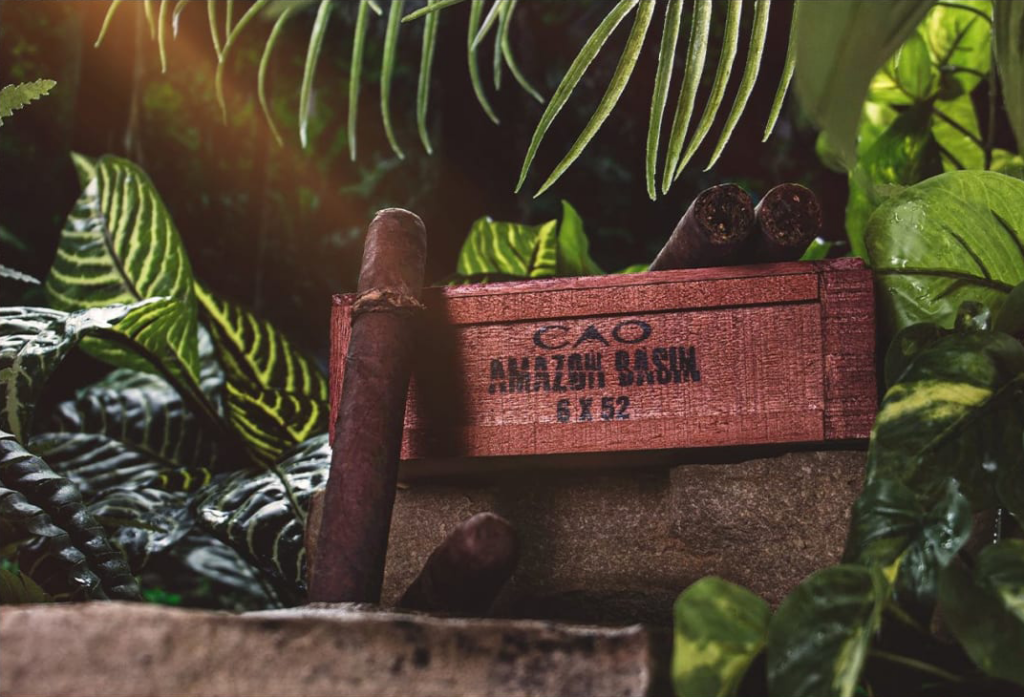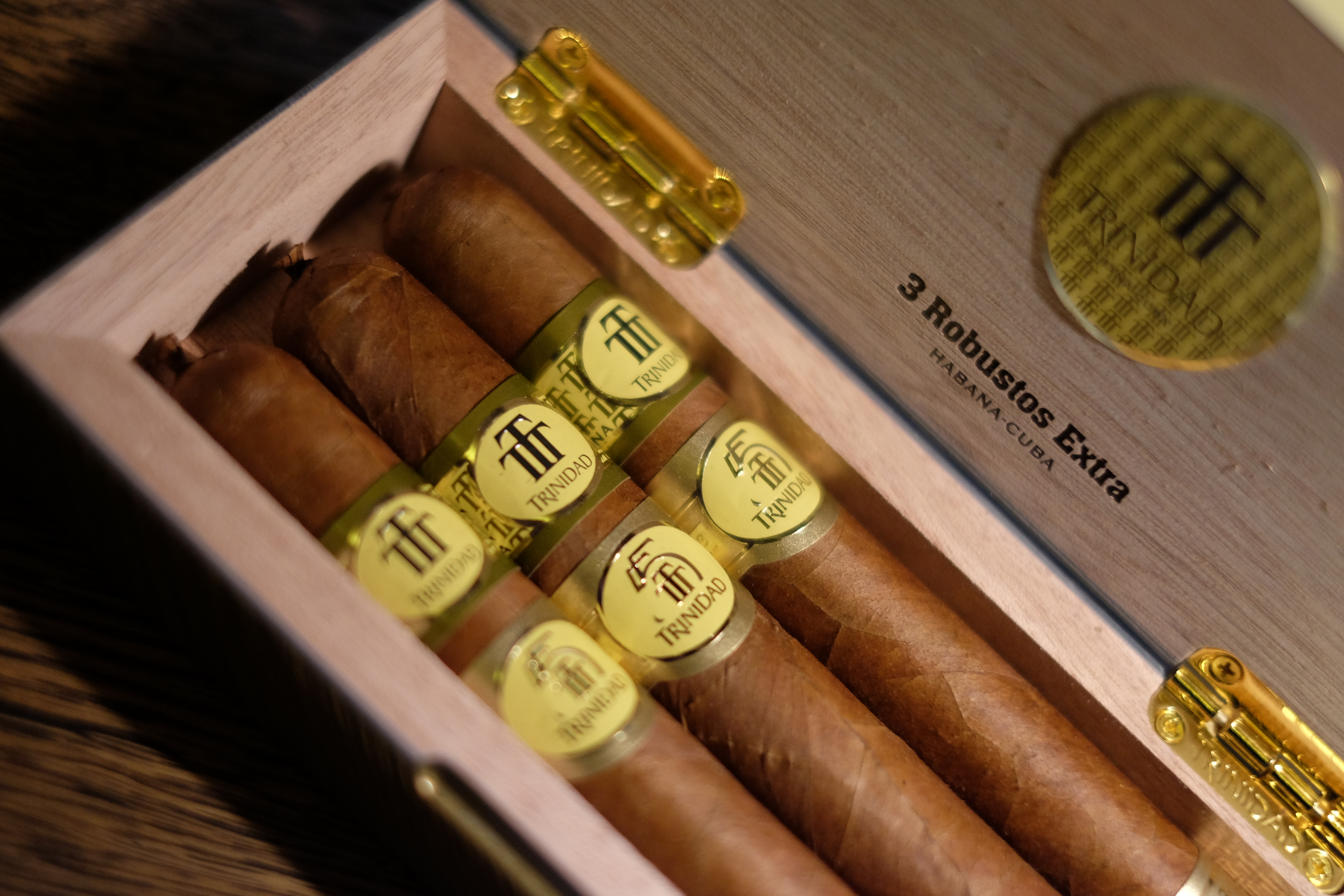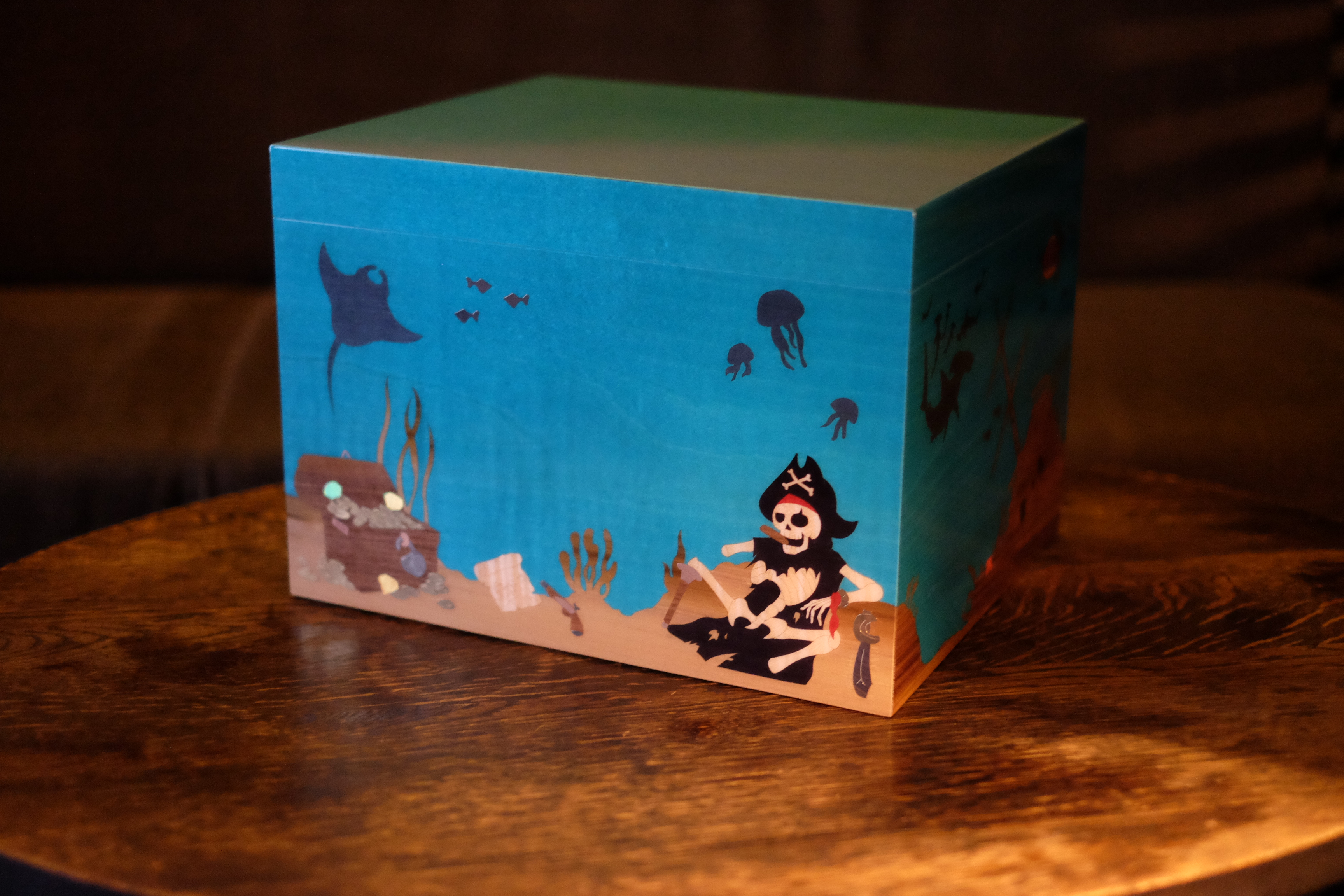Migration und US-Cigar makers

(Quelle: Historical Museum of Southern Florida)
Wer sich für die Migrationsgeschichte Kuba => USA interessiert, findet im Beitrag vom Historical Museum of Southern Florida ausführliche Informationen.
Eine schwermütige Geschichte über Exil-Kubaner und das aussterbende Business der Torcedores in den USA bietet New York Daily News.
N.J. cigar biz no longer smoking hot
THE ASSOCIATED PRESS
Handmade cigar is rolled by Jose Suarez at his Bergenline Ave. shop in Union City, N.J. Jose Suarez is part of a dying breed.
In the wake of the 1980 Mariel boat lift, Cuban immigrants crowded into Union City, across the Hudson from Manhattan.
Several little storefront tabaquerias cropped up, with an owner and maybe an assistant hand-rolling cigars in the back, then selling them from a counter in front.
But today, while Spanish is still commonly heard, Union City’s cigar makers are fading into memory.
Suarez’s Boquilla Cigar Shop on Bergenline Ave. may be the last such shop in Union City. Cuba Aliado Cigars still has a retail presence but moved its production to Honduras more than a decade ago.
Now 72, Suarez said his trade has been assailed by high tobacco taxes and the unregulated street sales of premium cigars.
«I’m fighting, trying to maintain my business,» Suarez said. «But if things continue as they have, I might have to close, too.»
Union City’s Cuban population has declined substantially in the past quarter-century, replaced by new immigrants from nations with less of a cigar culture.
And there’s a scarcity of would-be tabaquero apprentices wanting to learn the painstaking but poor-paying craft of cigar rolling.
«It’s not surprising they’re having difficulties,» said Norman Sharp, president of the Cigar Association of America, which represents cigar makers, importers and suppliers. «It stopped being economical to hand-roll cigars in this country decades ago.»
Suarez began learning his trade at age 11 in Placetas, Cuba. One large tobacco leaf acts as a binder around bits of specially aged tobacco, while a second trimmed leaf provides the outer wrapper. The cigars are then stacked and pressed in decades-old wooden boxes. Suarez said he produces about 150 cigars in an eight-hour day.
Despite its trade name, Boquilla’s top-selling Havana brand is a blend of tobaccos from the Dominican Republic, Honduras, Ecuador and Indonesia. Cuban leaf has not been legally imported into the United States since President John F. Kennedy imposed an embargo in 1962.
While cigars allegedly smuggled from Cuba are sold illicitly on the streets of Union City, Suarez said many are fakes. And even authentic Cuban tobacco is not of the quality he recalls before Fidel Castro nationalized the industry.
«It’s not bad, but it’s not good, either,» he said. But mystique sells. Despite his distaste for Castro, if Cuban tobacco were to become legally available, Suarez said he’d sell it – «because people are always asking for it.»


